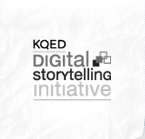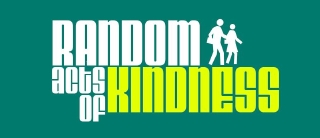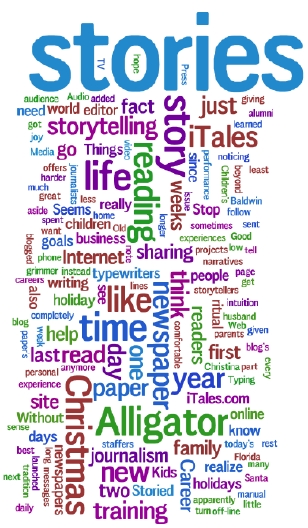I was starting to read an article by Robin Good entitled, “How To Be Happy Without Becoming A Monk — 10 Things I Have Changed To Live A More Self-Directed Life,” but got no further than the first item:
Stop Being Dependent-Addicted To Old Media: Drop all time-wasting devices that you do not need anymore to realize your goals: phone, television, newspapers.
I suppose I could go back and read Good’s rationale, but I should end my addiction to these media just because they’re old? OK, phones I could happily do without (except for texting). TV would be harder; I’m less addicted than I used to be, but I still enjoy some viewing.
But regular readers will know that I am a newspaper reader, and my morning newspaper ritual is one of the few non-negotiables of my existence. Does this relaxing ritual of eating my breakfast while reading the newspaper help me realize my goals? I don’t know, but does everything we do have to help us realize our goals? Can’t we sometimes just relax, or vege out in front of the TV?
Things continue to get grimmer and grimmer every day for the newspaper industry. Seems like every day, we read of a new cutback (like the Detroit Free Press cutting home delivery to 3 days a week) or the death of a paper.
The difficult and changing state of newspapers also affects training grounds for journalists. One of the best experiences of my life was the time I spent as a staffer on The Independent Florida Alligator, the paper that serves the University of Florida and Gainesville communities. I felt a wonderful sense of belonging there, learned a ton, met my husband, and brought my infant daughter to work with me in the newsroom.
I recently learned that The Alligator is in crisis. No one applied to be its next editor, the first time in the paper’s history that that happened. I wrote an encouraging note to the staff urging them to hang in there, and recalling my great experience. I cannot tell you how many terrific careers in journalism I have seen launched at The Alligator .
.
It seemed at first blush that the Alligator staffers and would-be editors were discouraged by very low wages, but the current editor sent a note out to all the alumni like me who had sent cheery notes. Seems money’s not the issue; the problem is the Alligator’s inability to launch journalism careers anymore because of antiquated equipment and insufficient training for the increasingly video- and Web-driven world of newspaper journalism. The Alligator apparently no longer provides the kind of technical training that today’s journalists need. The editor told us that in addition to the no-new-editor-applicants dilemma, the paper is down to just five staffers.
Just as an aside, when I was at The Alligator in the 1980s, we wrote stories — not just on typewriters — but manual typewriters. You would think we would have faced some of the same issues — were we technologically savvy enough to type stories on computers given our training on manual typewriters? I never recall that being an issue. Typing is typing, I guess, while today’s Web and video technologies require more hands-on training.
Sometimes I think the best I can hope for is that newspapers will at least last through the rest of my lifetime. But I’d like them to last longer — or at least morph into a form people like me are comfortable with.
And I want The Alligator to last — to remain the wonderful and valuable experience I had. I want journalism students to see the paper as the top-notch career launchpad it was in “my day.” I don’t think Santa has anything in his bag to solve the paper’s problems this Christmas, but I would like to see what I and other Alligator alumni can do to play Santa to this venerable student-produced paper in 2009.












